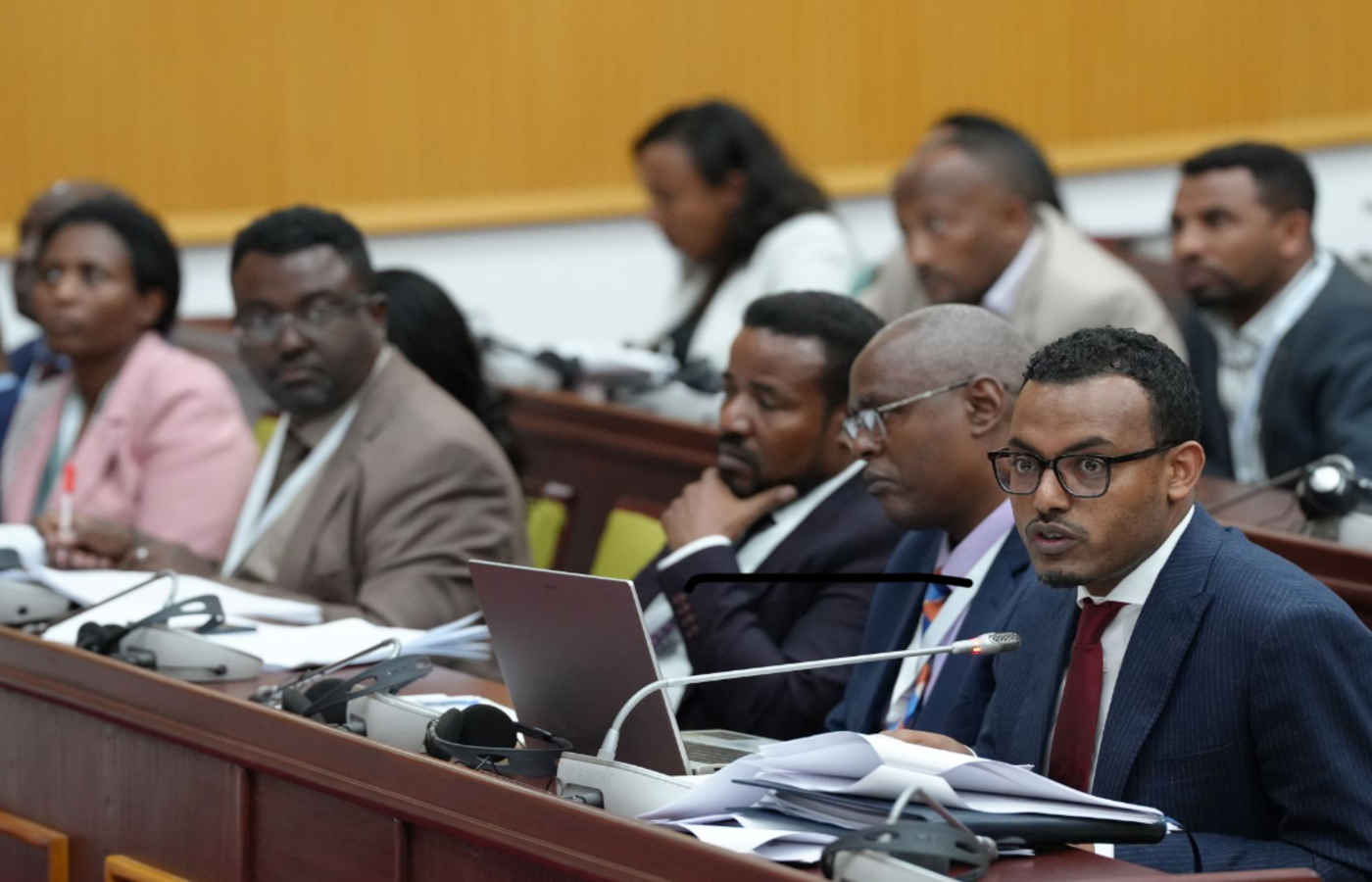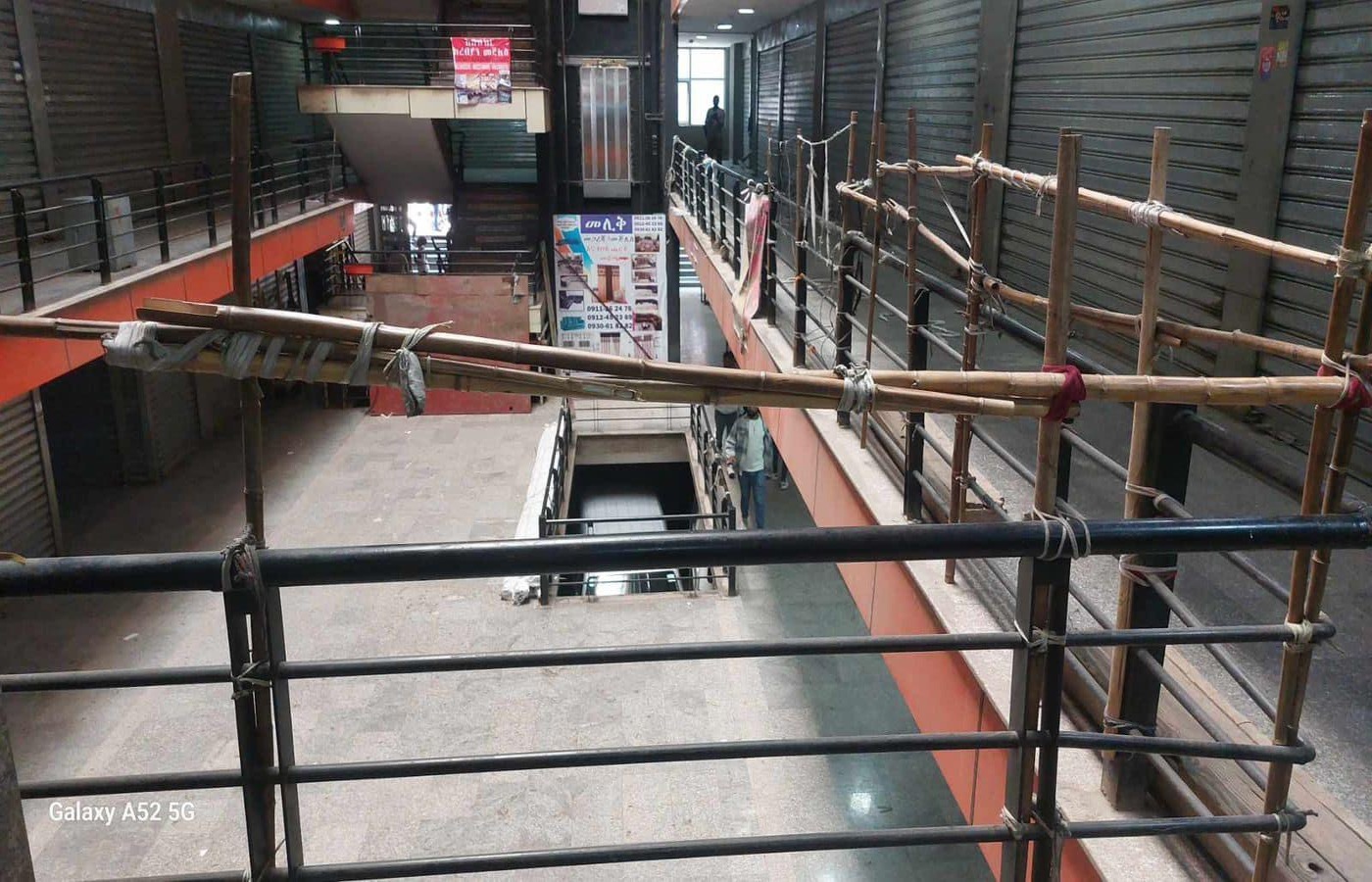By Yared Seyoum
As negotiations draw to a close on launching the highly anticipated African Continental Free Trade Area (AfCFTA), doubts are mounting in Ethiopia over whether this grand vision of regional economic unity will become reality or remain a dream.
While authorities talk optimistically of positioning the nation as East Africa's gateway to a 3.4 trillion-dollar continental marketplace, on the ground, a very different picture emerges of the immense difficulties that lie ahead if Africa's oldest independent country hopes to overcome obstacles and leverage new opportunities presented by the trading bloc.
Infrastructure gaps threaten to undermine all the lofty promises of boosting trade flows and industrial output. Along highways vital for linking Ethiopia's hinterlands to ports, potholes outnumber smooth roads and breakdowns frequently snarl traffic. Inside industrial parks and manufacturing hubs, the unreliable power grid causes outages, disrupting production for hours at a time, according to frustrated manufacturers.
Customs bottlenecks at border crossings risk emerging as formidable non-tariff barriers, undermining timely flows of imports and exports across the region. Importers complain of shipments getting stuck for days as officials subject consignments to arbitrary testing with little explanation. Digital systems meant to streamline processes have proven no panacea thus far.
Complex certification requirements for adhering to myriad technical standards could become the next major hurdles for Ethiopia's young firms eyeing regional markets. Without compatible rules and efficient coordination of approvals, such non-tariff barriers risk becoming the AfCFTA's Achilles heel.
As the clock ticks down, difficult questions are being asked about whether institutions, policies and coordination are truly ready to embrace regional prosperity.
The AfCFTA seeks to connect over 1.2 billion people across its 55 member states. By eliminating tariffs on 90 percent of goods, intra-African commerce is projected to surge over 35 percent, compared to the meagre 16–18 percent share today. "The government acknowledges the limited level of intra-African trade and recognizes that the private sector plays a pivotal role in driving trade and economic growth," acknowledged Henok Seyoum, the Senior Advisor to the State Minister of Trade, during a workshop held last month.
As the focal point for Ethiopia at the Common Market for Eastern and Southern Africa (COMESA), Henok emphasized the importance of promoting regional integration. AfCFTA, he said, can help address the challenge of low intra-African commerce by making it easier for businesses to operate across borders.
Given its geostrategic position along East African trade corridors and proximity to ports, Ethiopia is strategically located to leverage AfCFTA membership. It aspires to channel agricultural products, textiles, leather, and certain manufactures to neighboring and further regional markets where exports have risen 12 percent annually in recent years.
However, realizing full potential requires transforming ambitions into reality on the ground. "It is crucial to identify Ethiopia's export commodities and determine which products have high demand within the region," noted the Trade Ministry’s Henok, commenting on prioritization efforts. "We have made significant progress in analyzing Ethiopia's trade opportunities and strengths. Determining our most competitive products is key to increasing exports and intra-African trade," he added.
But with informal trade comprising a sizable portion of regional flows, according to Biruh Gemeda, Private Sector Development Advisor at the Foreign, Commonwealth, and Development Office (FCDO), concerted efforts are still needed to address constraints discouraging formality.
Complicated customs clearance procedures that lengthen delivery times exemplify one such hindrance. "Delays and accidents on the roads can affect timely delivery," observes Mengistu Tefera, Advisor to the Customs Commissioner at the Ethiopian Customs Commission, emphasizing road network deficiencies. Digitization initiatives through a centralized customs platform are enhancing facilitation. But full benefits will materialize only when aligned with coordinated regulatory agency reform.
Attracting investment is similarly challenging without the resolution of non-tariff barriers. While industrial parks have drawn over one billion dollars in factories, unreliable utilities and currency issues still trouble manufacturers. "Inadequate financing hampers regular production," laments one manufacturer. Lack of standard harmonization across borders also increases costs.
Furthermore, limited value addition from primary goods undermines Ethiopia's bargaining position as an exporter. "We continue to be seen as a raw material provider, meaning we are at the bottom of the value chain," criticizes the manufacturer. Minimal processing constrains earnings despite the agricultural bounty.
Enabling environmental shortfalls also curbs the private sector's role. "Difficulties in formal trade processes often lead to the emergence of informal trade," argues Biruh. Bureaucratic inefficiencies, uneven public-private coordination, and a deficiency of export promotion impede sector competitiveness, according to traders. "Supporting robust agribusiness linkages... and resolving impediments are priorities," acknowledges Henok.
Security uncertainties pose an additional hindrance. As Biruh notes, "Spillover effects from conflicts damage investor confidence." Recurring domestic instability undermines predictability, he observes.
While infrastructure expansion partially improves connectivity, gaps remain. "Prices of intra-African flights are often high and flight routes complicated," remarks a logistics expert. Poor continental air and road links compound transport costs, as do non-aligned borders, where visa restrictions commonly apply.
Moreover, Ethiopia's commitment is tested by regional economic groupings that risk undermining the AfCFTA. As a trade expert explains, "several countries require visas for other Africans. Libya, Sudan, Equatorial Guinea, and Eritrea are the least open.” Divergent stances challenge the harmonization needed for a fully integrated market.
Clearly, Ethiopia faces a demanding road ahead. Its industrialization ambitions and geographic advantages alone may fall short of being catalysts if domestic impediments and delicate regional relationships undermine participation. Successfully translating preparedness into meaningful benefits will require confronting structural impediments with sustainability, regional cooperation, and private sector prioritization at the forefront.
Progress has been observed, such as customs digitization efforts according to Mengistu and infrastructure ventures expanding connectivity. However, critics question whether nascent programs sufficiently address complex obstacles or are distracted by other priorities. Sustained momentum is essential in complementing treaty negotiations with enabling policies that reinforce Ethiopia's continental leadership aspirations.
With its lofty yet achievable potential contribution to Africa's development, Ethiopia's AfCFTA outcome will be insightful. Success depends on navigating political, economic, and social dynamics with a holistic, long term vision. The rewards of regional economic integration await if challenges are confronted judiciously through a cooperative spirit embracing Africa’s diverse realities.





